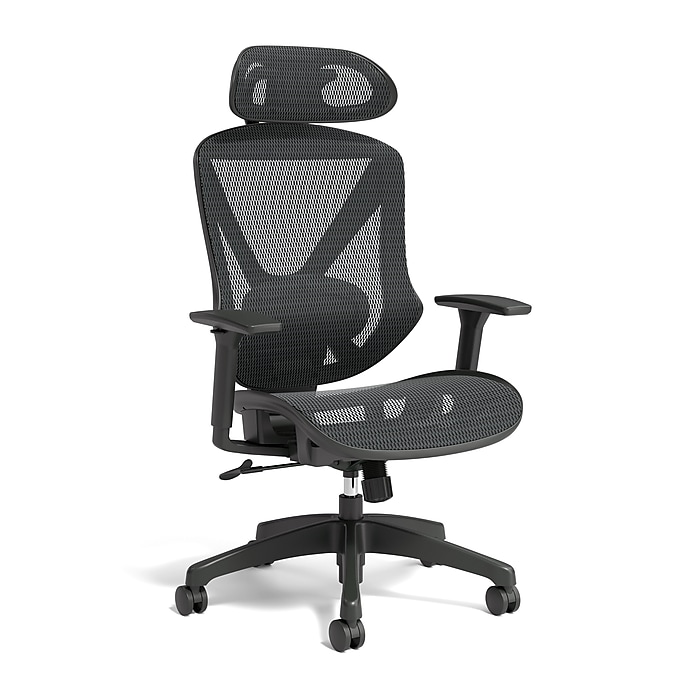Walnew 4 Pieces Outdoor Patio Furniture Sets Rattan Chair Wicker Set for Backyard Porch Garden Poolside Balcony
Stylish and affordable wicker sets of high-quality construction. Made of strong steel frame with all weather PE rattan wicker. Easy-to-maintain, versatile enough as to fit most of the space.
Walnew 4 Pieces Outdoor Patio Furniture Sets Rattan Chair Wicker Set
Product Description:
- Stylish and affordable wicker sets of high-quality construction.
- Made of strong steel frame with all weather PE rattan wicker.
- Easy-to-maintain, versatile enough as to fit most of the space.
- Patio conversation sets comes with 1 loveseat w/cushion, 2 armchair w/cushions, and 1 table with tempered glass.
- Assemble easily and no need to maintenance, additional wrench added for your convenience when assembly.
Specifications:
- Rattan Material: PE rattan
- Color: Brown
- Frame: Steel
- Cushion: Beige polyester fabric and sponge padded
- Weight capacity: 280 LBS
- Dimensions:
- Table dimensions: 28.1″L x16.1″W x 15.4″H
- Tempered glass top: 26″L x 16″W
- Loveseat dimensions: 30″L x 20.7″W x 34.1″H
- Armchair dimensions: 18.1″L x 18.1″W x 34.1″H
- Single sofa dimensions: 18.1″L x 18.1″W x 2″H
- Double sofadimensions: 33.3″L x 21.7″W x 2″H
- Package dimensions: 41.3″L x 30″W x 12″H; Weight: 62 LBS
Notes:
- For customer support, questions and concerns, please contact Customer Service below.






by Mike
Really love this set looks cute on my patio. It’s a lil smaller than I would of liked. l but cute!! Not made for bigger size people tho only holds up to 280 lbs but seems Very sturdy and durable. pretty easy to assemble. Took my husband less than an hour.
by Nada
I Absolutely recommend this item I am so pleased with the time delivered. It is small which is what I wont to fit small area. The samplings was little bit hard but manageable.
by Amanda
It’s beautiful, it is small, but I needed a smaller set, so perfect for my small space, fairly easy to put together, probably one hour and a half.